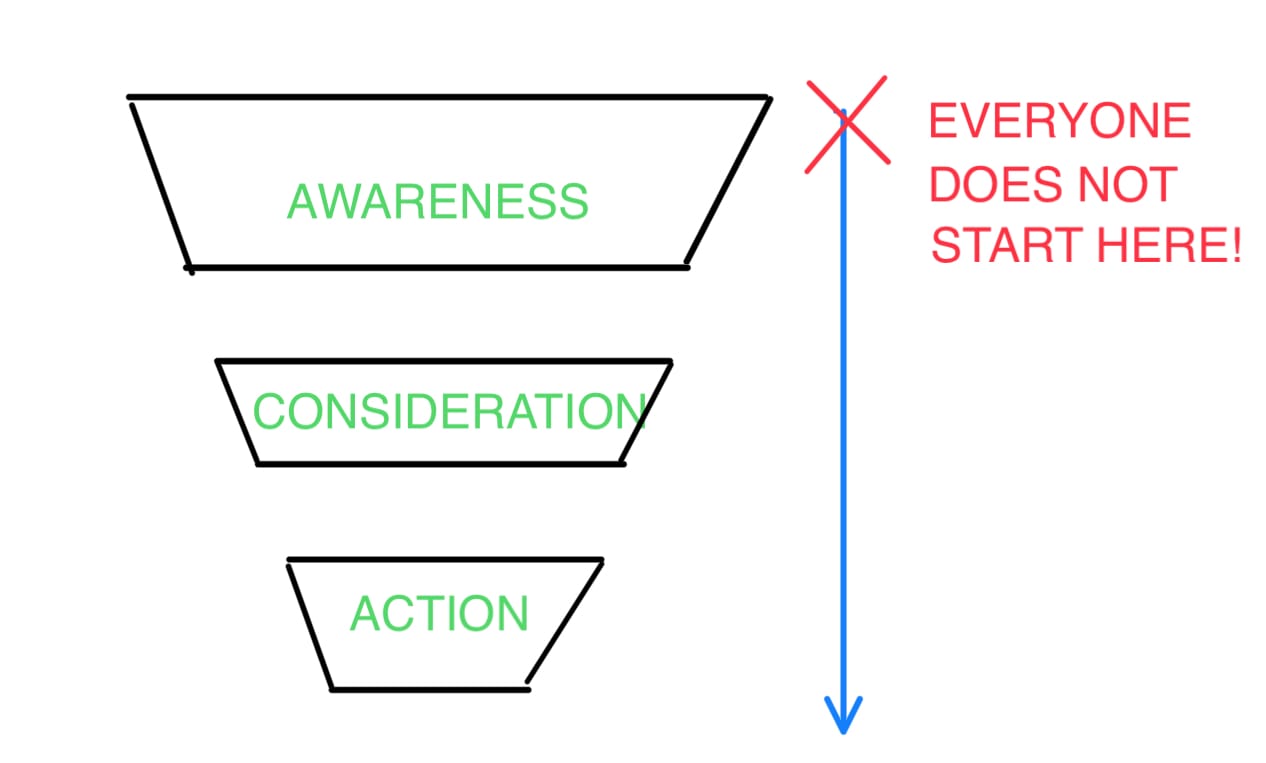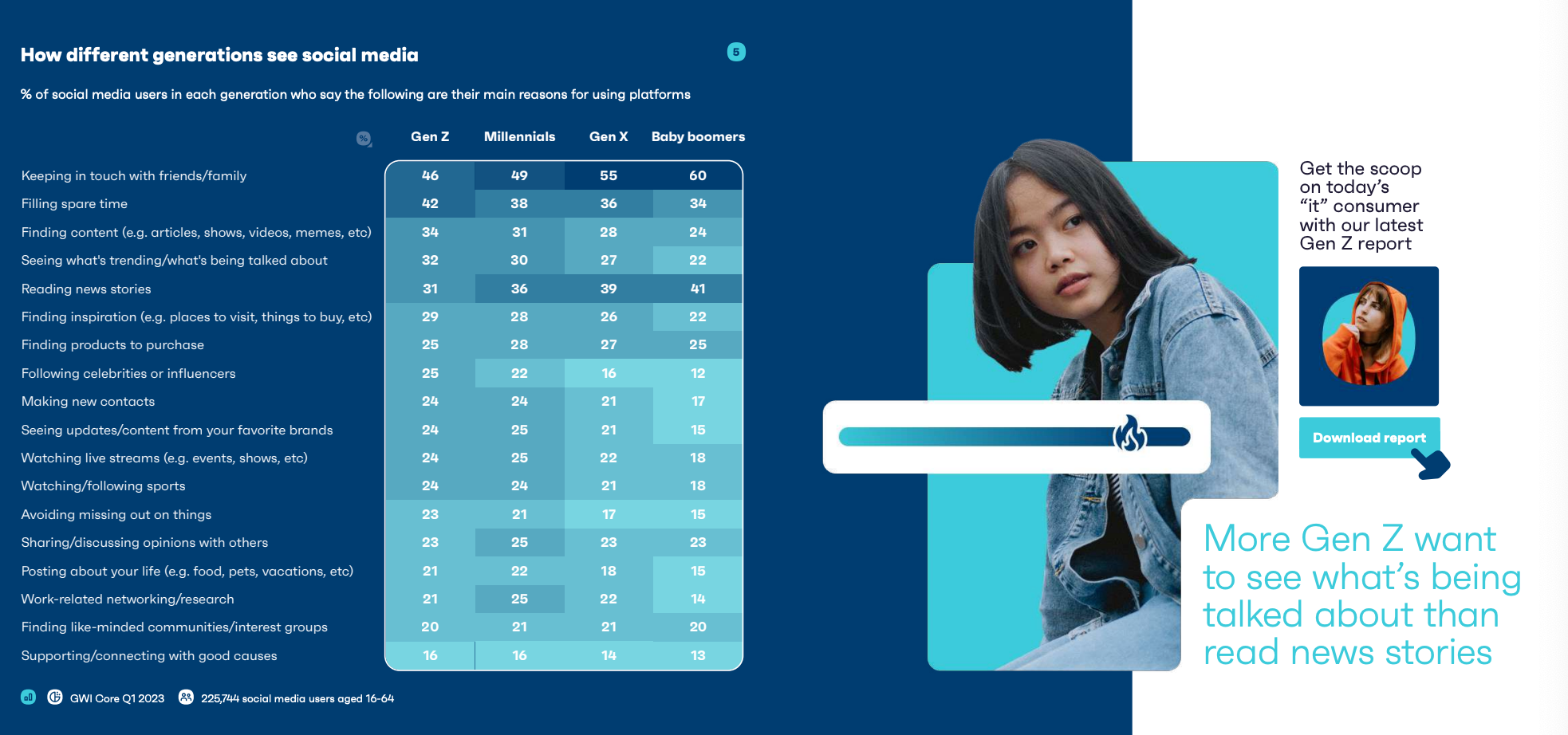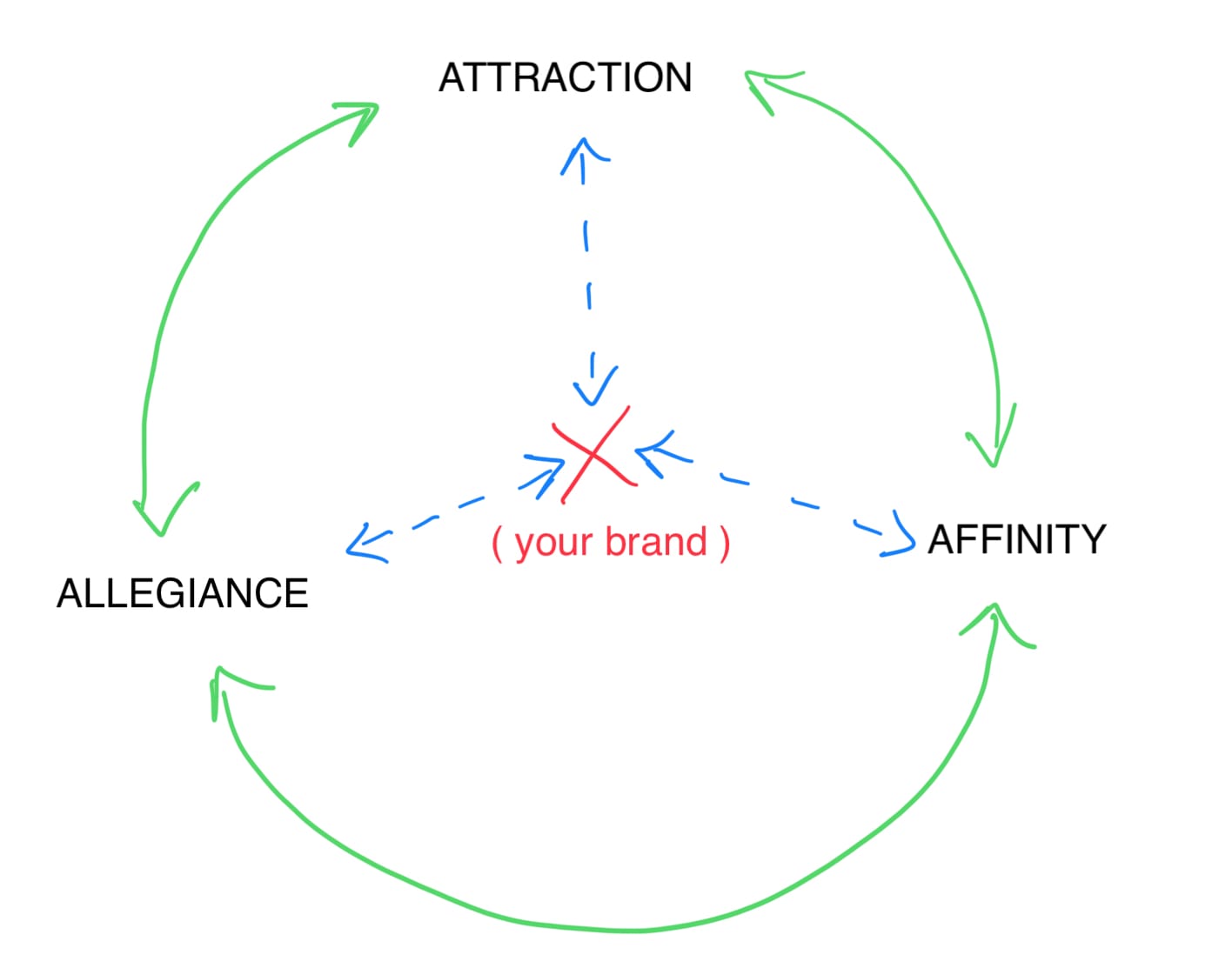The Marketing Funnel Is Dead ☠️

It’s time to bury it and move on.
The traditional linear model of awareness-consideration-action has been antiquated for some time. Millennials highlighted the funnel method’s deficiencies in the mid-2010s as social media matured into big business. Lately, it’s become even more laughable; Boomers are one of the fastest-growing groups using apps like TikTok, and they purchase online just as often as Gen Z. Later generations have further spotlighted just how inadequate this thinking has become. But the truth is that the concept of a “funnel” has always been silly. It requires monolithic linear, rational decision-making. That’s not how people think or act.
Think about some recent purchase decisions in your life. Has it always been a rational decision? Has it always been emotionally driven? Or, has it been a bit of both, depending on the circumstance? Most people don’t make decisions completely rationally or emotionally. Therein lies the problem with the traditional marketing funnel: it assumes the same starting point for everyone.
The marketing funnel methodology assumes that awareness is the first step for any consumer, followed by consideration before action. While that seems logical, the issue is that we are anything but rational creatures. Additionally, the funnel implies activity that must occur in each step before moving on to the next one. For example, a certain threshold for awareness must be reached before someone would consider buying from your brand.
The internet, and specifically social media, has obliterated this notion. The main differentiator of the internet is that it is frictionless. No friction means faster speeds from one point to the next. With that frictionless environment comes a crushing amount of information. Considering how many decisions we make in a day and how precious our time is, it’s no wonder that people don’t deliberate in a rational, linear fashion on many decisions.

The data that supports this idea is powerful. Think about this: 91% of consumers are more likely to shop with brands they recognize and remember, yet according to a 2023 study by McKinsey, 57% of consumers have already decided about a brand before they even engage with it. This may sound perplexing, but there is very sound reasoning that can be applied. It is divided into three main factors: word-of-mouth, resonance, and mobility.
Word of mouth is still the dominant form of influence in someone’s decision-making. Social media has injected this with steroids. According to GWI, most people are still using social media to stay connected to people they know, know about what’s happening in the world, and find inspiration.

When you factor in that younger generations are also looking to celebrities and public figures for inspiration and information, it’s easy to see how people can go straight from being unaware of a brand to buying it.
Then you have shifting resonance. Emotional resonance still matters, but it’s evolved from the traditional days of appealing to someone through pure lifestyle storytelling. Brands can’t get away with “approximating” a person’s lifestyle anymore. People — especially younger folks — want to know that a brand’s values align with theirs, that they can see a bit of their identity in a brand, and that the product or service a brand sells will help them achieve something.
That last part is important because, in traditional brand-building of bygone eras, you’d focus less on more emotional product RTBs (reasons to believe). Remember, though — life is insanely hectic and there’s no more gatekeeping in a frictionless environment like the internet. People don’t have time for your Tolkien-esque brand story. Make your point, make it good, and he/she/they will decide. That means the RTBs in a brand message have to balance emotional resonance with rational resonance. Rational resonance is WHAT the product or service, is and HOW it’ll meet a person’s consumption need or desire. You have about six seconds to get your brand and your product message across to someone.
Mobility is the last factor. We all walk around with little computers in our pockets. It’s given us incredible power when making purchase decisions. According to an analysis by Pew Research, one out of three adults buy online at least weekly. Yet still, 57% of people surveyed favor in-person shopping. The conclusion is obvious: even at a physical points of purchase, we use mobile devices to inform our decision-making.
Brands need to stop thinking linearly about their marketing efforts and start thinking in a more fluid, connected way. Instead of a funnel, think of a wheel. The wheel is constantly turning, all parts contacting the ground. It also has support across the middle to stabilize the outer rim and support more force.

This is akin to the reality of how people engage with brands today. Some people see a social media post and immediately tap or swipe to buy. Some people buy a product off a shelf, enjoy it, and then follow the brand. Loyal customers can engage light buyers or potential new customers to spur action from them. Designing your brand messaging and your experiences to be interconnected in this way allows you to create a consistent brand experience that leverages each of three major points for the others’ benefit:
- Attraction: this does not mean awareness, nor does it mean acquisition. It’s a signal that someone of interest.
- Affinity: this is when a person feels validated in choosing to engage with your brand.
- Allegiance: this is how a person demonstrates they are an advocate for your brand. It does not mean purchasing, strictly.
The next time you’re engaged in a strategic planning exercise, try to map out your brand’s messaging and tactical execution with the flywheel. Think about the different behaviors and motivations of your consumers (or those you want to reach). Think about the different touch-points the brand utilizes to connect with people (hint: you can use the same touch-point in all three points of the wheel). Then try to map the messaging along the wheel and identify how you will measure what’s working and what is not.
F@!% the funnel. Feed the flywheel.




